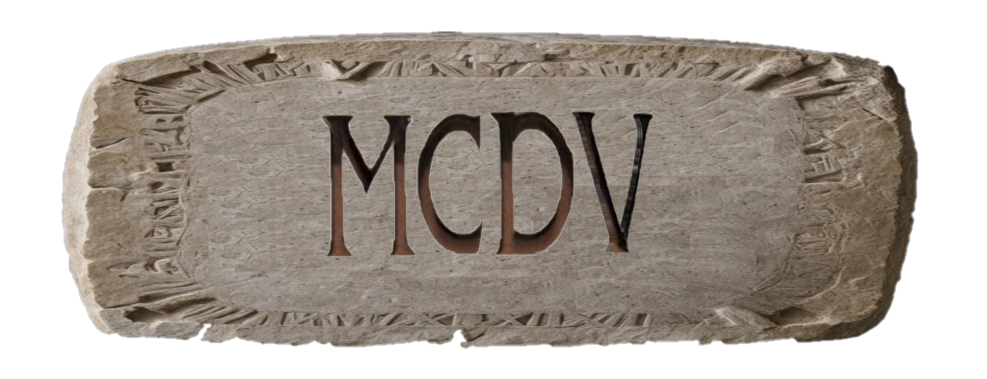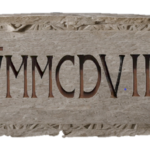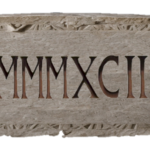The number 1405 in Roman numerals is written as “MCDV”. Here’s the breakdown:

- 1000 in Roman Numerals: 1000 is represented by “M”.
- 400 in Roman Numerals: 400 is represented by “CD”. “C” stands for 100 and “D” for 500. Placing “C” before “D” indicates subtraction, so CD is 500 minus 100, which equals 400.
- 5 in Roman Numerals: 5 is represented by “V”.
Combining these, M (1000) + CD (400) + V (5) equals MCDV, or 1405.
Decimal to Roman Numeral Converter
Roman Numeral:
The year 1405 was a notable period in the Late Middle Ages, characterized by significant events and developments across various regions.
Here are some fun facts about this year:
- Voyages of Zheng He: One of the most remarkable events of 1405 was the commencement of the voyages of Zheng He, the Chinese mariner, explorer, diplomat, and fleet admiral. These expeditions, sponsored by the Ming dynasty, were remarkable for their size and the distance traveled, reaching as far as Africa.
- Timurid Empire: 1405 was also the year when the infamous Central Asian conqueror, Timur (also known as Tamerlane), died. His death led to the decline of the Timurid Empire, which had a significant impact on the politics and power dynamics of Central Asia and the Middle East.
- Political Developments in Europe: In Europe, the year 1405 was marked by various feudal conflicts and power struggles. For instance, the Welsh rebelled against English rule in the Owain Glyndŵr uprising, which was one of the most significant revolts in Welsh history.
- Cultural and Scientific Progress: The early 15th century was a period of significant cultural and scientific development, laying the groundwork for the Renaissance. Universities were flourishing across Europe, nurturing new ideas and knowledge.
- Architecture and Art: Gothic architecture was prominent in Europe during this period. In art, the International Gothic style, characterized by elegance and attention to detail, was popular among the European courts.
- Religious Influence: The Catholic Church had a dominant influence on European life, politics, and culture. The period was also marked by various religious and philosophical debates, setting the stage for the later Reformation.
- Notable Births: 1405 saw the birth of several historical figures, including King Alfonso V of Aragon and Naples, known for his patronage of Renaissance scholars and artists.
Remember, the history of any specific year, like 1405, is a tapestry of events and developments that reflect the complexities and dynamics of the time.


